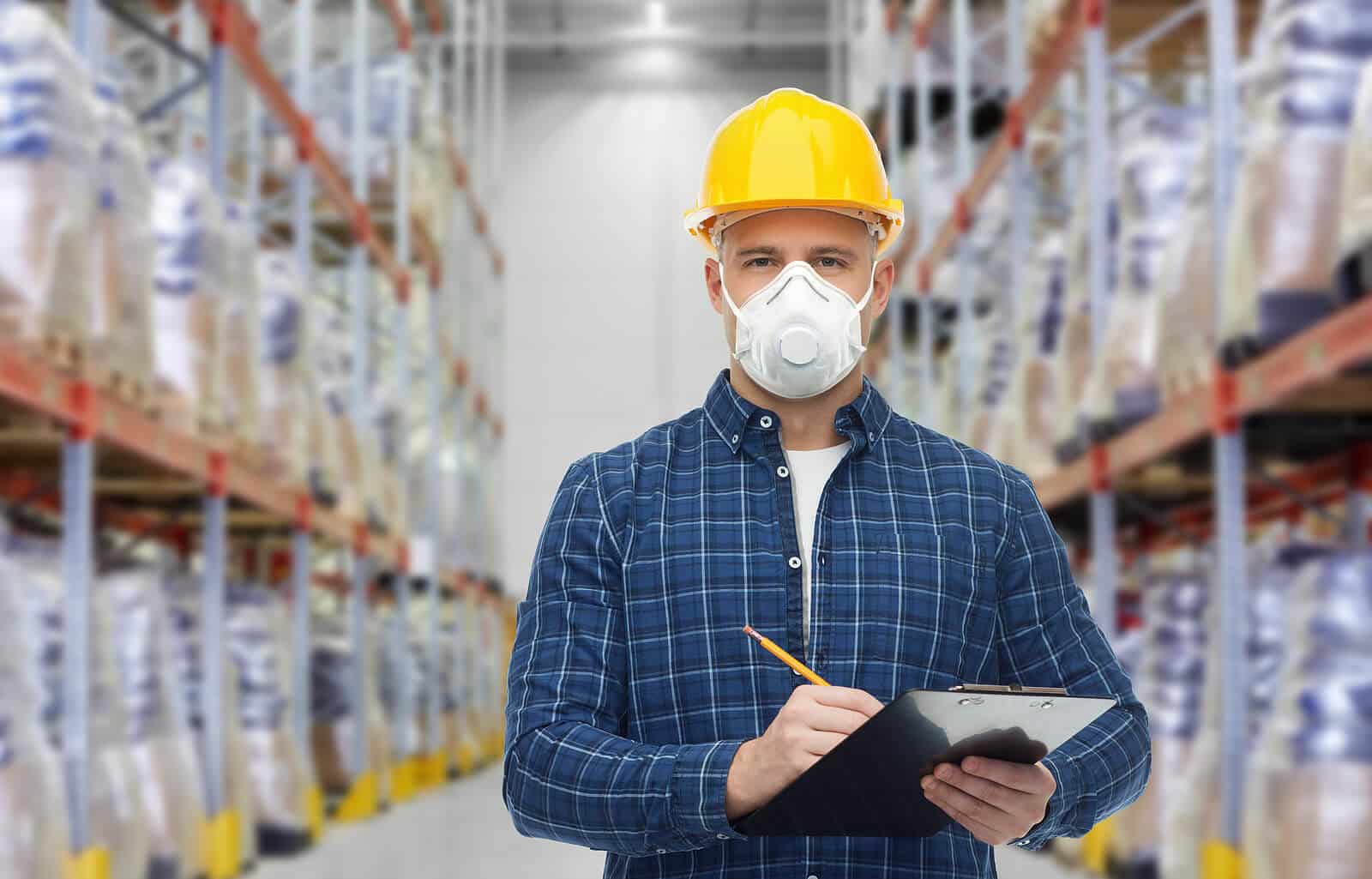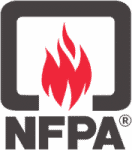
Working in a hazardous environment often requires the use of a respirator. Like all personal protective equipment, respirators are only effective if they are used properly. This is why the Occupational Safety and Health Administration (OSHA) requires an initial and annual fit test to ensure the respirator works properly.
Mandatory fit tests ensure that the mask forms a tight seal on the user’s face to limit exposure to dangerous fumes, chemicals, and particulates. Read on to learn more about the two different respirator fit tests.
Fit Test Preparation
There are a few things that must be completed before fit testing.
Medical evaluation
A medical evaluation is required prior to fit testing. This can be done online or at a local health clinic. The employee must complete an OSHA Respirator Medical Evaluation Questionnaire. This is reviewed by a licensed healthcare professional or physician who will determine if an in-person medical examination is required. If a medical examination is required, it will usually include a blood pressure check and pulmonary lung function test, in addition to other tests the healthcare professional deems appropriate.
Choose the correct respirator
Different workplace hazards call for different types of respirators. Employers must select NIOSH-certified respirators designed to protect against the specific hazards of the worker’s job. Various styles and sizes of these respirators should be available for the worker during the fit test.
Safety equipment
Any additional personal protective equipment (PPE) that the worker will be wearing on the job should also be used during the fit test. This may include hearing protection, safety goggles, hard hats, protective clothing, and face shields. These items could potentially interfere with the operation of the respirator.
Shaving
Workers will need to shave their faces before the test. Facial hair that interferes with the seal of the respirator is not permitted by OSHA because it can significantly reduce the fit and effectiveness of a respirator.
Respirator Fit Test
The purpose of the fit test is to confirm that the respirator forms a seal around the wearer’s face. Respirators include both disposable face masks and elastomeric respirators with filters and/or cartridges. In addition to the initial and annual fit test, workers must undergo an additional fit test when:
- Facial changes occur that could impact the fit of the respirator. This can include changes in weight, dental work, and maxillofacial surgery.
- When the worker uses a new model, make, or style of respirator that did not undergo the original fit test.
Two different types of fit testing can be used to determine that there is a proper seal between the worker’s face and the respirator: Qualitative and Quantitative.
Qualitative Fit Test (QLFT)
Qualitative fit tests are the most common type of respirator fit testing. This test is strictly pass/fail and relies on the subject’s honesty and ability to sense the odor or smell of the chemical used in the fit test process. Depending on the type of respirator, either Bitrex or Irritant Smoke are used by Circle Safety’s fit tester.
- Bitrex®—Has a very bitter taste.
- Irritant Smoke—Causes an involuntary cough reflex. For respirators with HEPA particulate filters
The worker will be required to perform the following seven exercises for a duration of one minute each while being exposed to the chemical irritant:
- Breathe normally
- Breathe deep
- Moving the head up and down
- Moving the head from side to side
- Bend over or jog in place
- Talk
- Breathe normally once more
The QLFT test is deemed “successful” if the worker does not detect an odor or irritation.
Quantitative Fit Test (QNFT)
Quantitative Fit Testing (QNFT) does not rely on either the respirator’s ability to taste or smell (or their honesty!) but is a measurement of the precise amount of external leakage into the respirator. This is done using an aerosol generator and a probe that is attached to the respirator and measures the level of aerosols inside and outside the respirator to determine the “fit factor” of the respirator.
OSHA requires QNFT for any respirators that need to have a “fit factor” of greater than 10, i.e., in any atmosphere where workers may be exposed above 10 times the OSHA Permissible Exposure Limit for the contaminant.
Besides the probe and required testing equipment, the QNFT procedure is similar to the QLFT requirements, with the wearing going through a series of exercises while wearing the respirator. Once the test is complete, the employer and worker will receive documentation (card and/or form) that lists the measured fit factor along with the model, size, and make of the respirator used during the fit test.
Improve the safety and well-being of your workers by providing them with OSHA-approved respirator fit testing from Circle Safety. We can conduct fit testing in our office or come out to your offices or job site to perform the OSHA-mandatory respirator test fit. Please contact us for more information.








